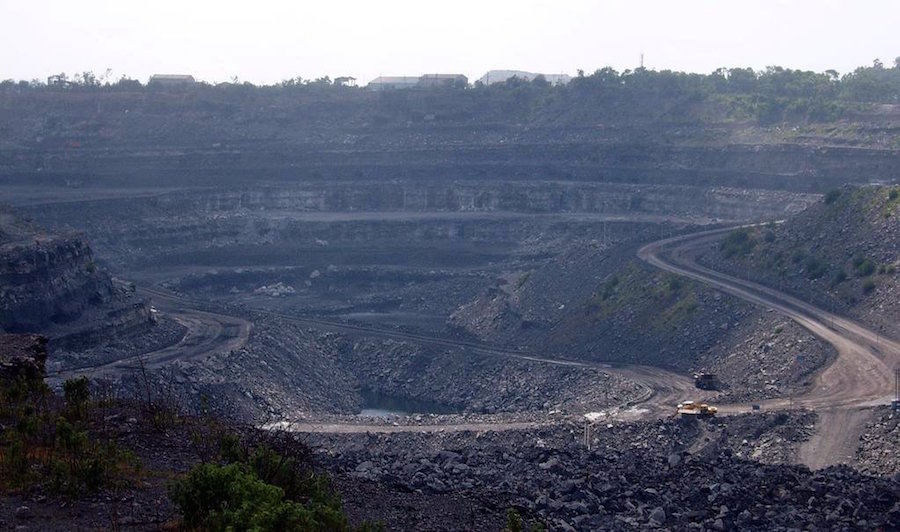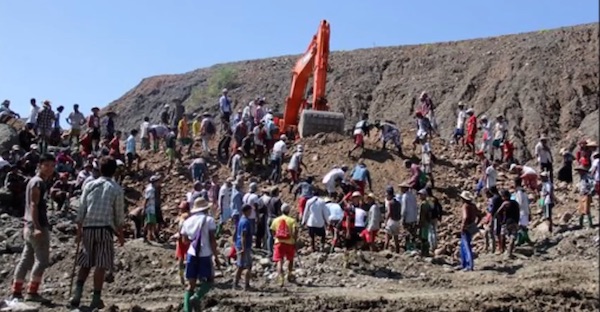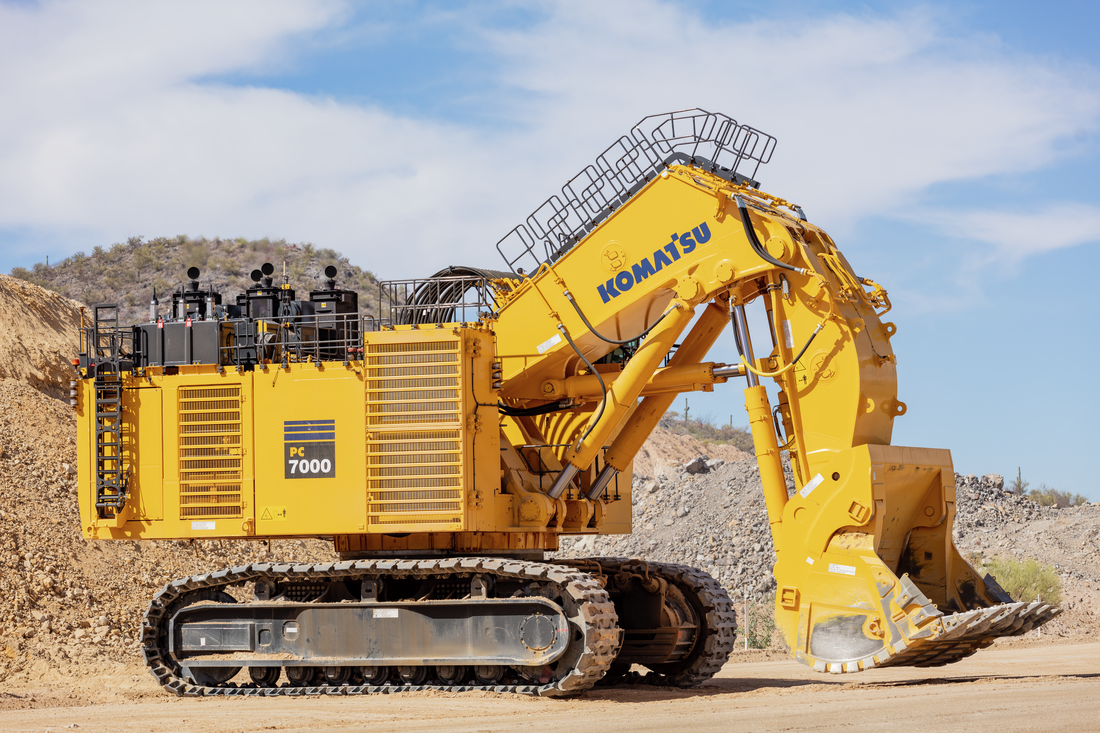At least 12 dead after coal mine collapse in India, Myanmar jade mine landslide

Two separate mining accidents in India and Myanmar have together claimed the lives of a dozen miners, though the death toll may soon rise as the search for bodies continues.
In India, Aljazeera reported at least 10 people were killed and up to 50 more are trapped after a section of a coal mine collapsed in the state of Jharkand.
Around 23 miners and dozens of vehicles were buried when about 250 metres of the Lalmatia open-pit mine collapsed as the workers were heading towards the exit, Thursday evening. Hundreds of workers frantically searched for the missing overnight but search efforts had to be delayed this morning due to bad weather, including fog.
Around 23 miners and dozens of vehicles were buried when about 250 metres of the Lalmatia open-pit mine collapsed as the workers were heading towards the exit, Thursday evening
.
The mine is operated by Eastern Coalfields Limited, a state-controlled company. Aljazeera notes that Jharkand is one of the poorest Indian states with nearly 40% living under the poverty line, but is also rich in mineral wealth, accounting for nearly a third of the nation’s coal deposits.
An earlier incident occurred late Wednesday in Myanmar, where a 122-metre cliff of debris and waste soil at a jade mine collapsed, causing a landslide. Initial reports of eight people injured changed to two confirmed fatalities on Friday. Authorities said they had to suspend the search for survivors due to the potential of other nearby waste piles collapsing, according to a news report from Turkey-based Anadolu Agency. At least 30 people are missing and feared dead.

At least 115 people were killed in a similar jade mine collapse, in the same jade mining region of Myanmar, in November 2015. Screenshot of the rescue effort by World News Channel, on Youtube.
The remote jade mining region in the Township of Hpakant uncovers around 90% of the world’s greenstones, but accidents are common.
Miners work under extremely dangerous conditions, particularly those who pick through churned-up material from heavy machinery on unstable hillsides.
A similar landslide occurred in May, causing over a dozen deaths, and last November at least 115 people were killed, in the worst such accident in recent memory.
The Myanmar Red Cross says over 300 miners were killed in 38 jade mine landslides in Kachin State last year.
Along with being dangerous, jade mining – which has been controlled by Myanmar’s military and elites during the final years of junta rule (the country has a democratically elected government as of March 2016) – is also a key driver of conflict between the government and ethnic Kachin rebels, funding both sides in a war that has killed thousands and displaced around 100,000 since 2011.
Most of the jade extracted in Myanmar is smuggled into China, where the so-called “stone of heaven” is considered a symbol of virtue and power, and it is believed to ward off evil spirits and improve health.
{{ commodity.name }}
{{ post.title }}
{{ post.date }}

Comments